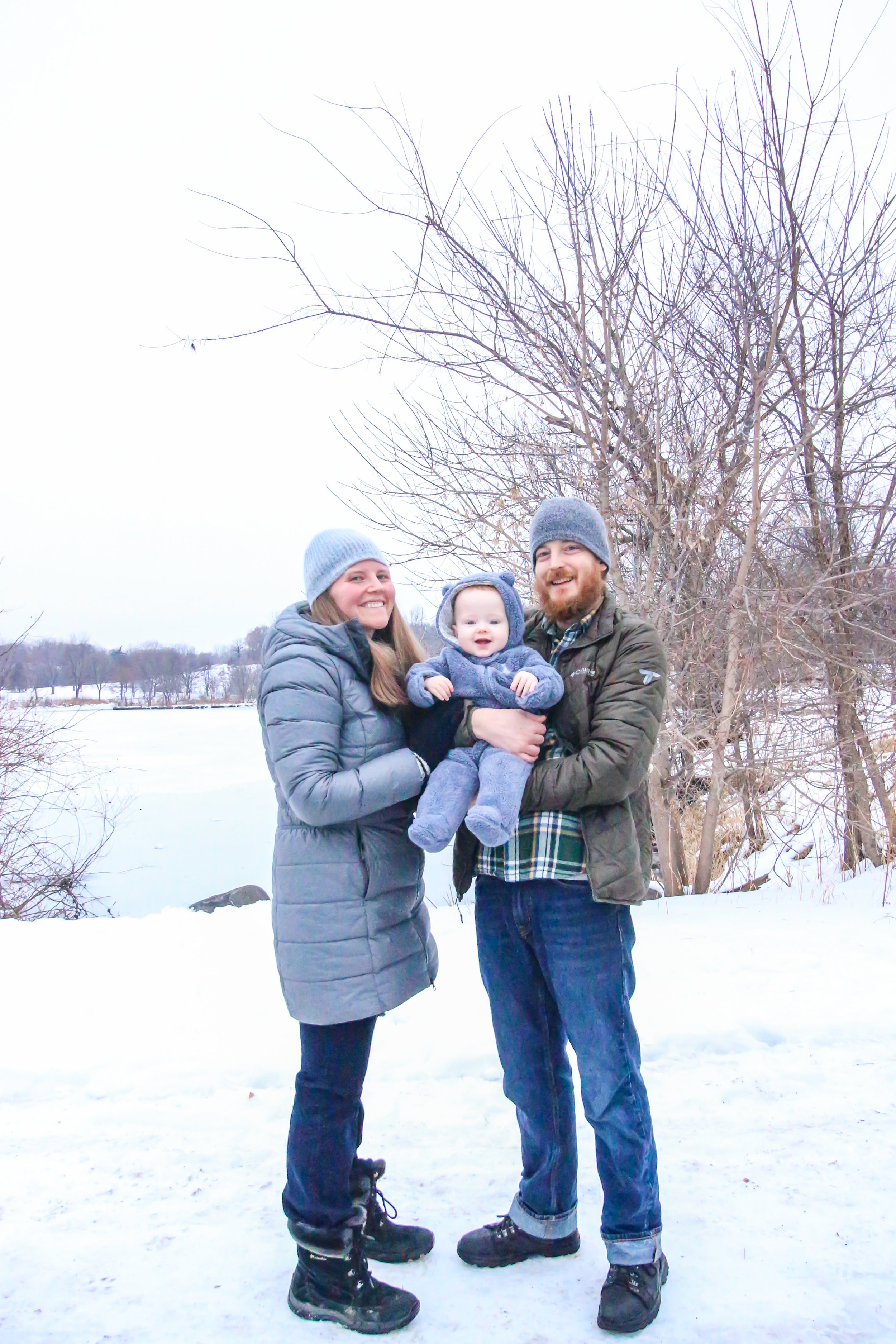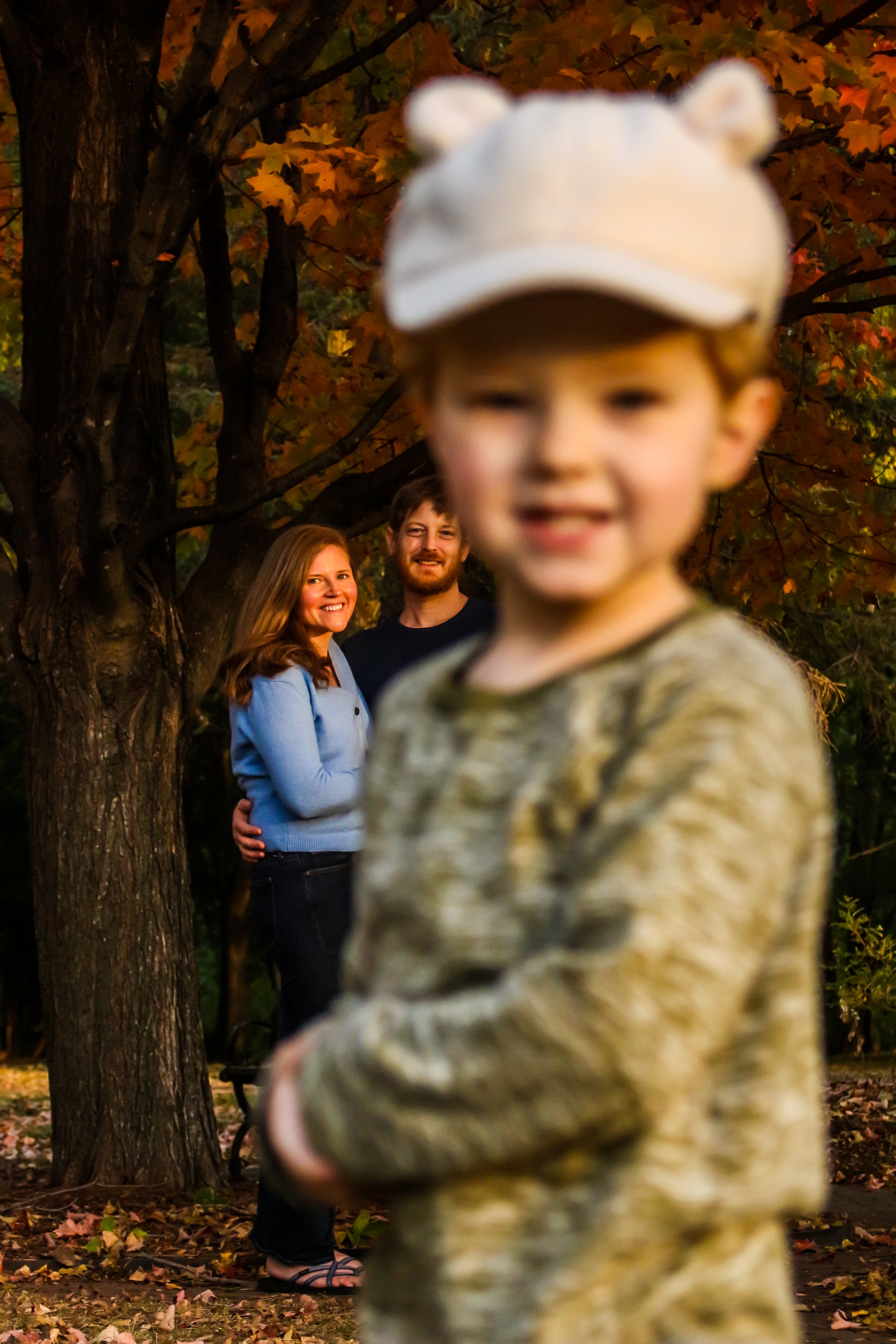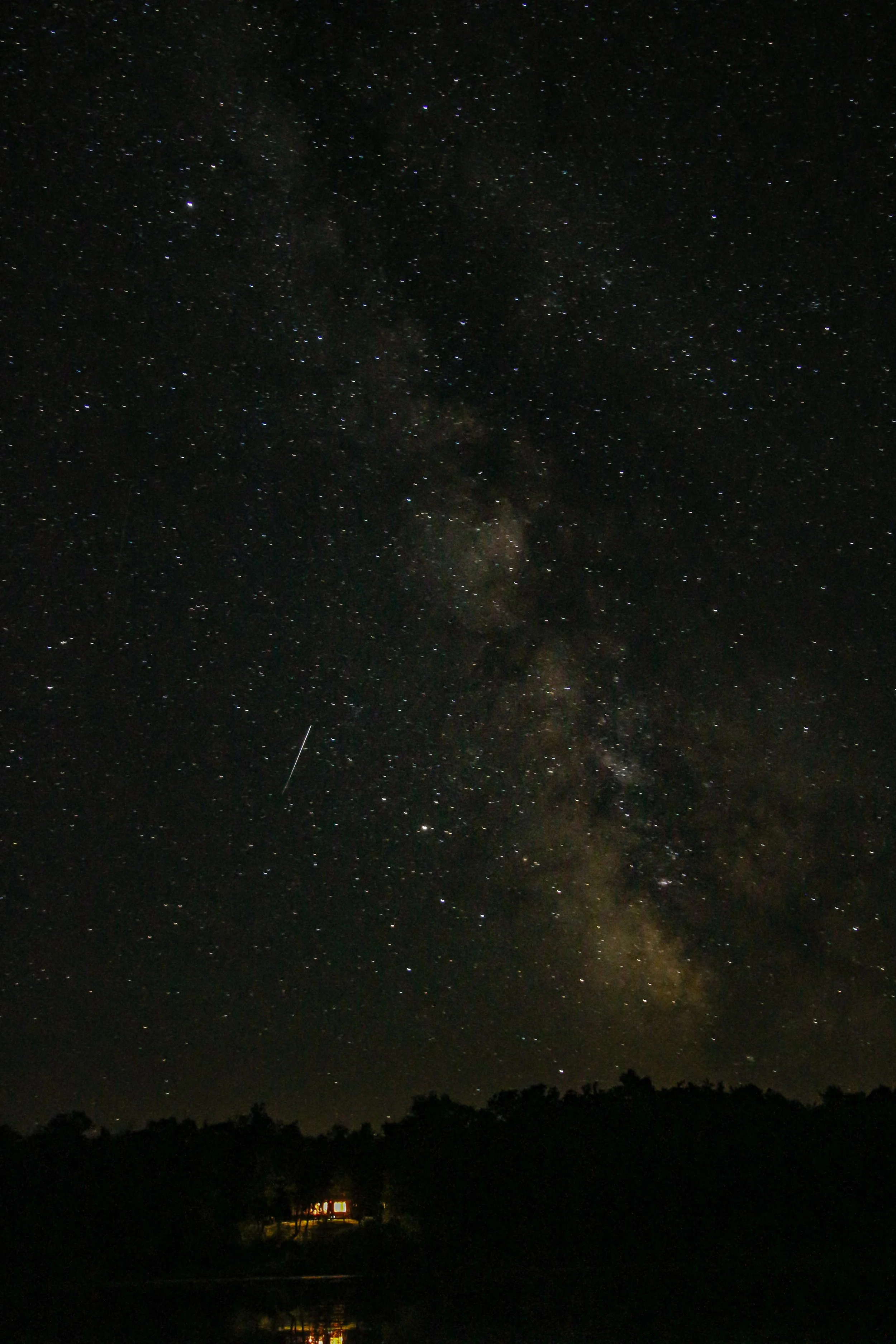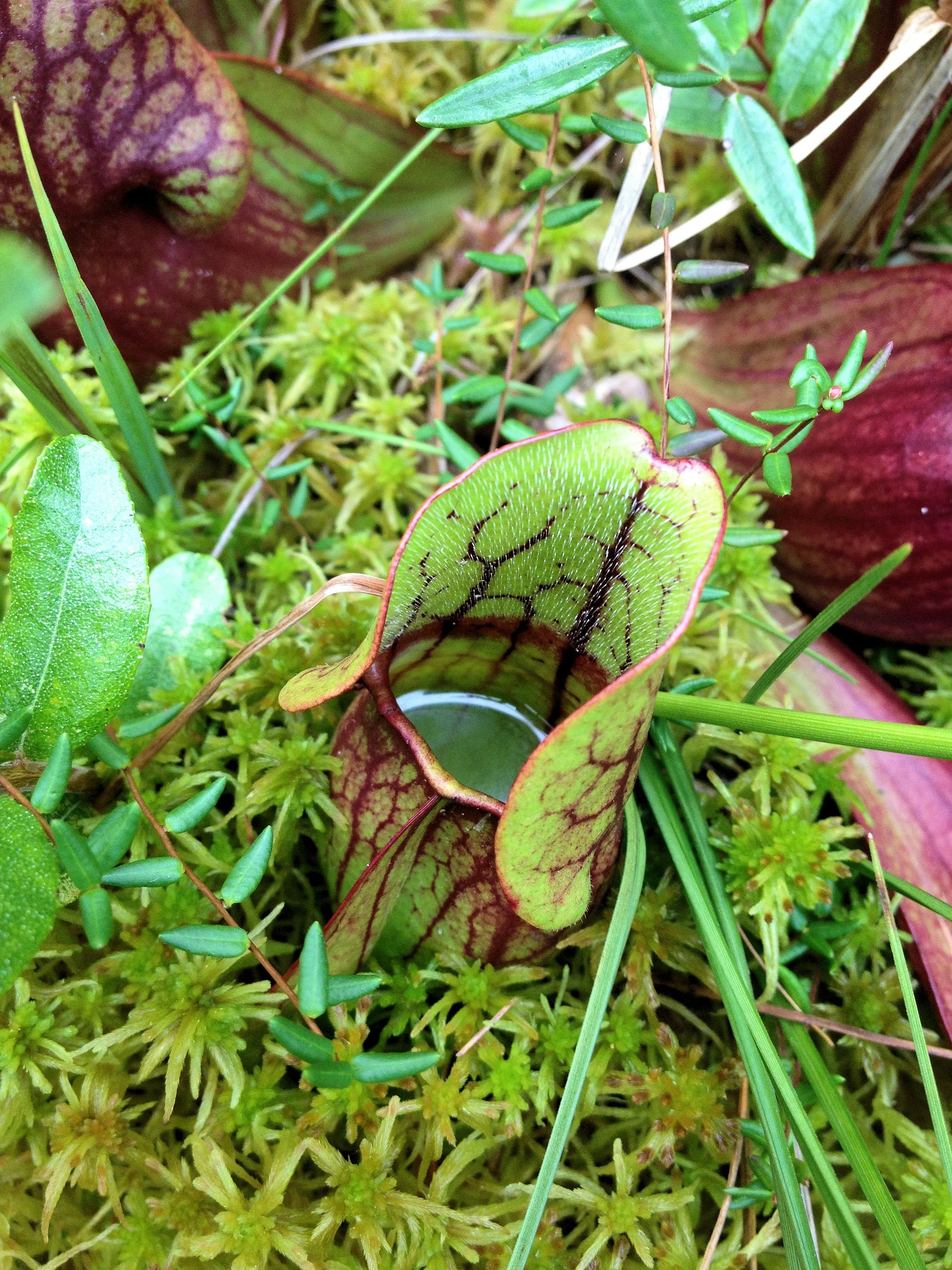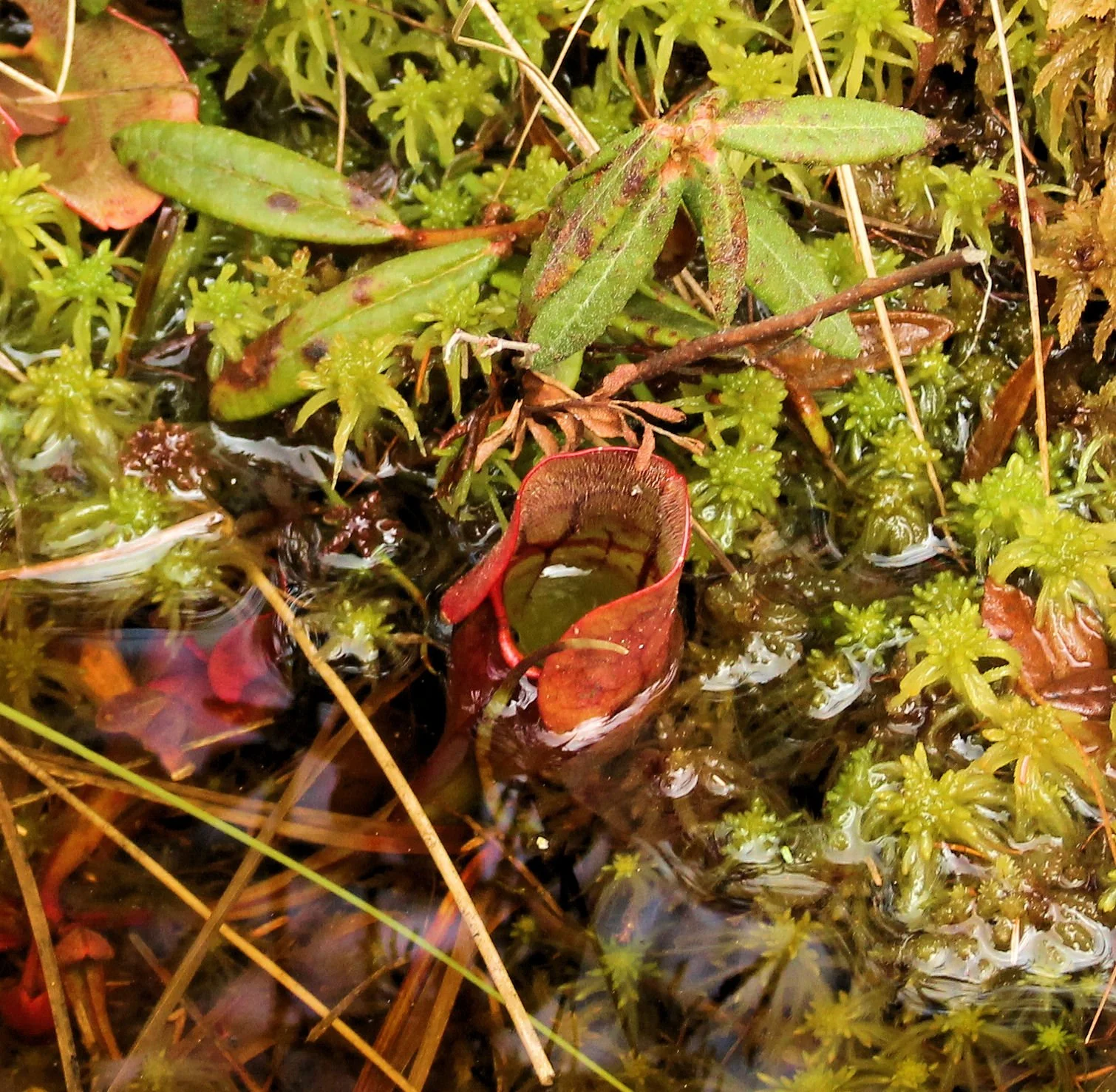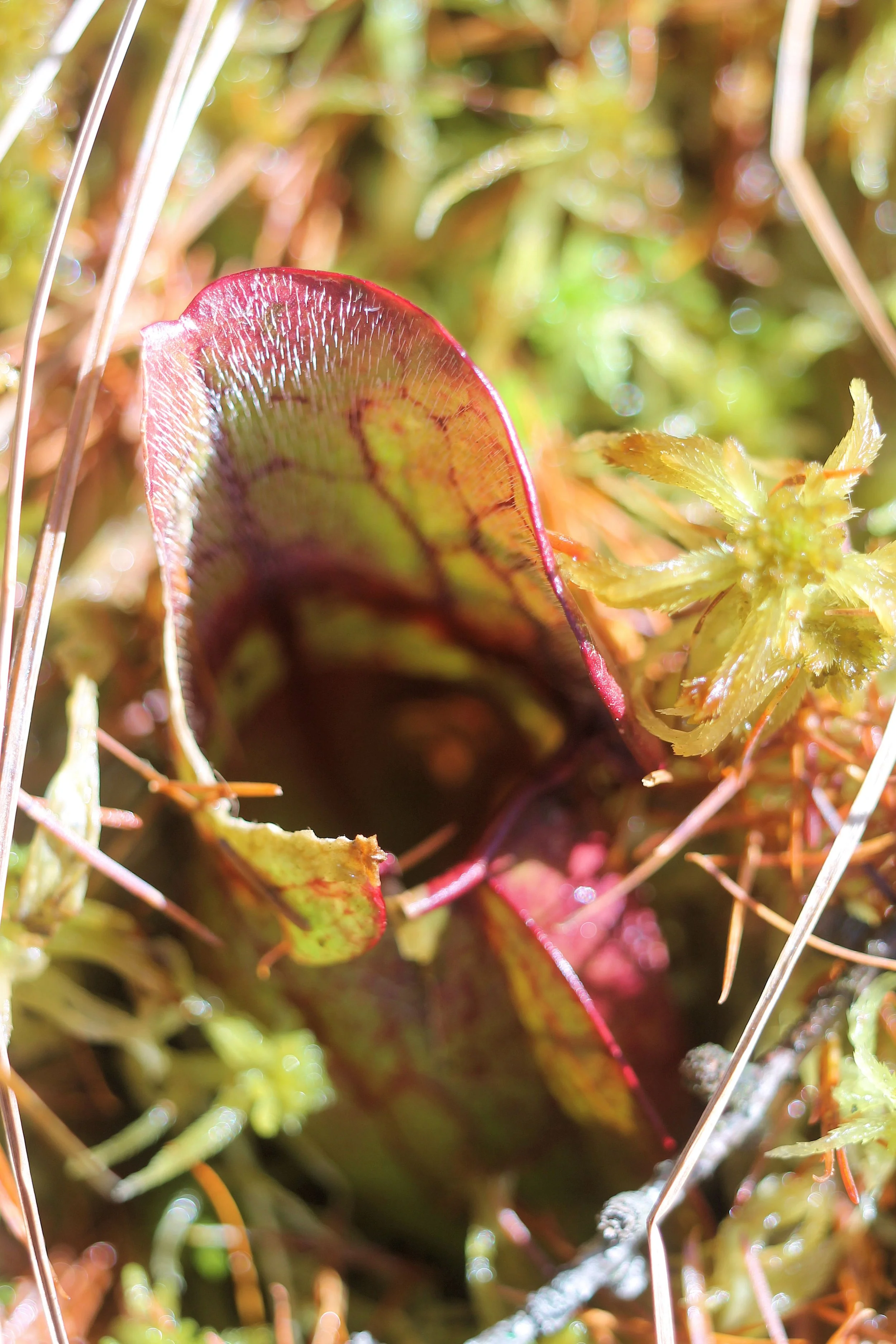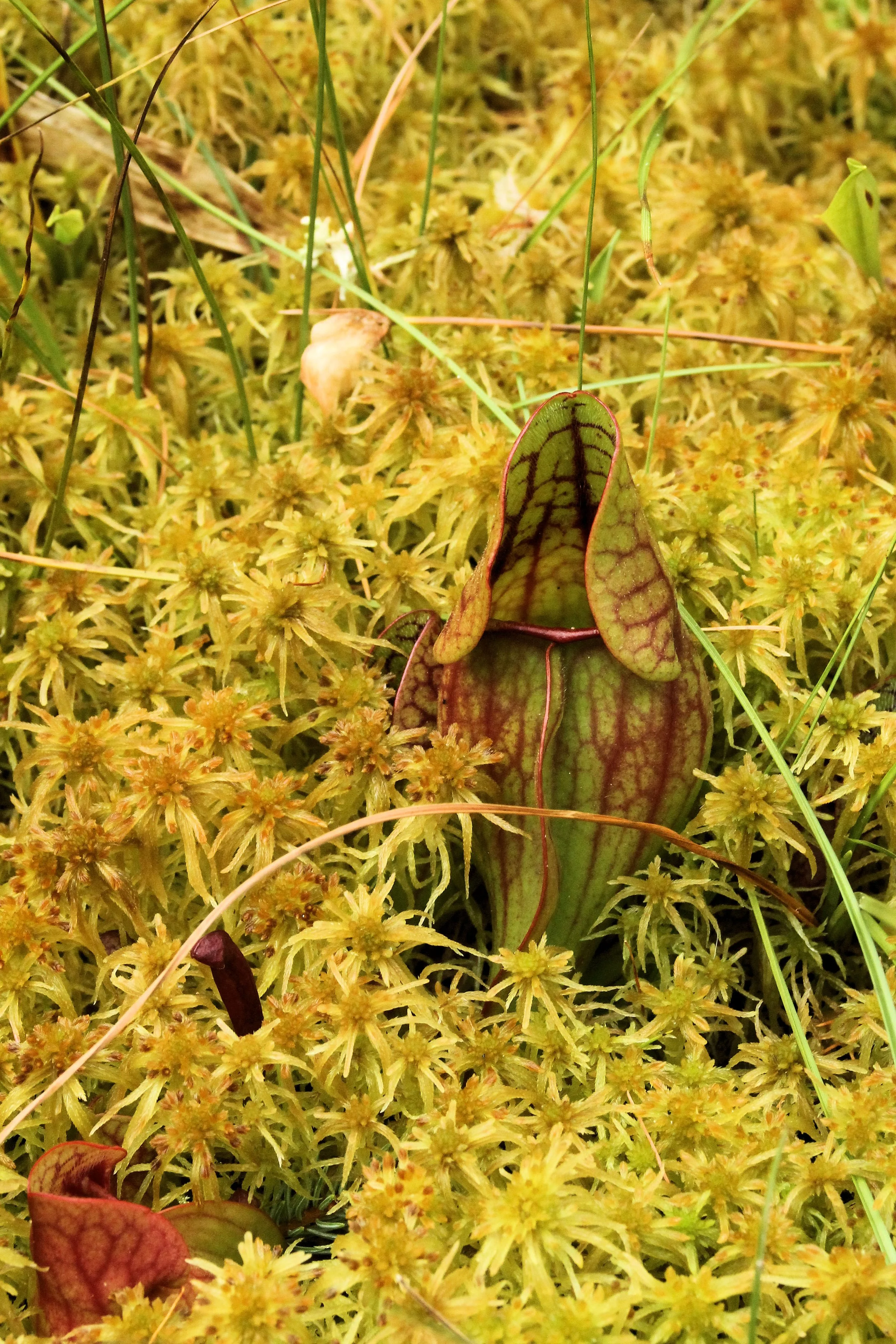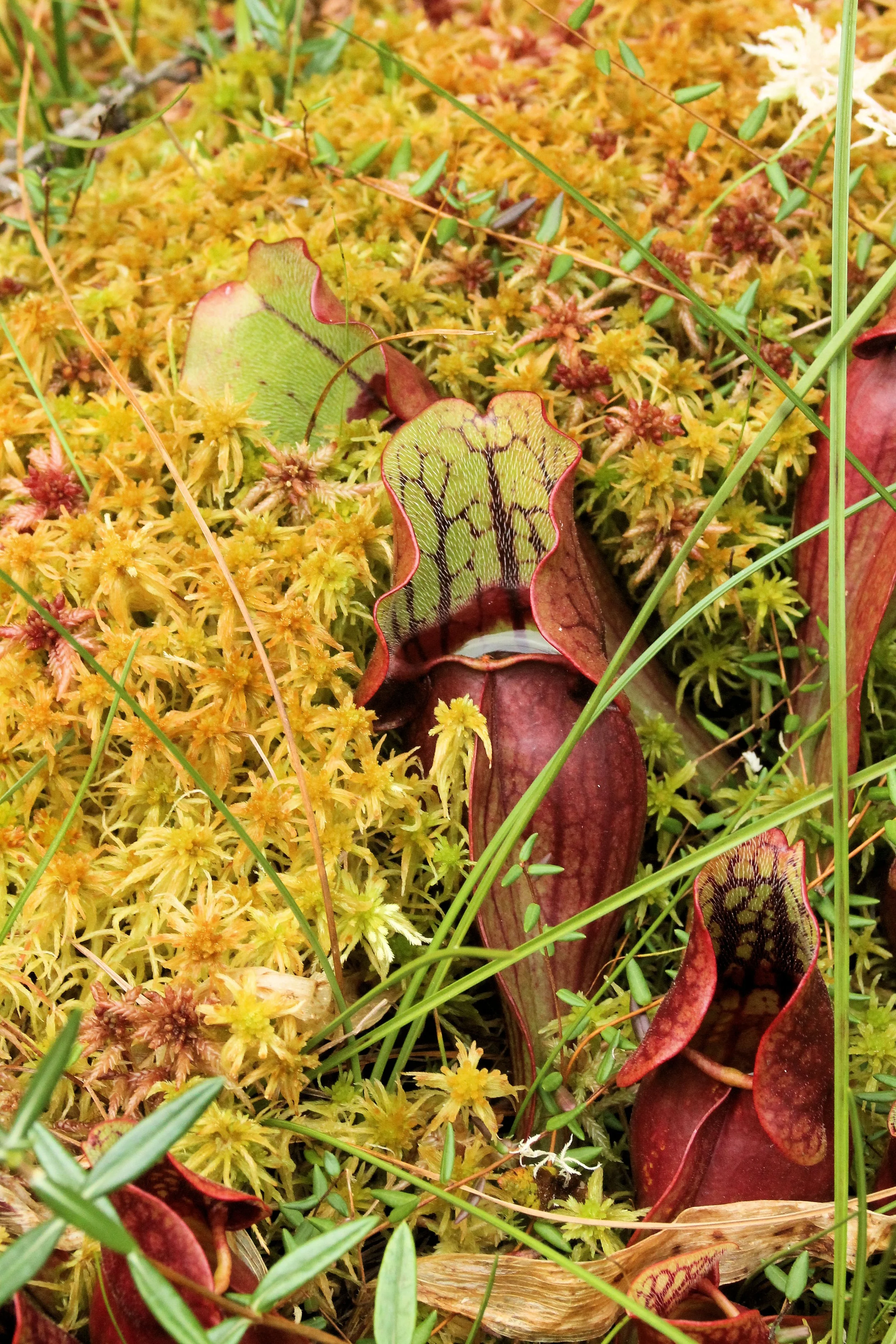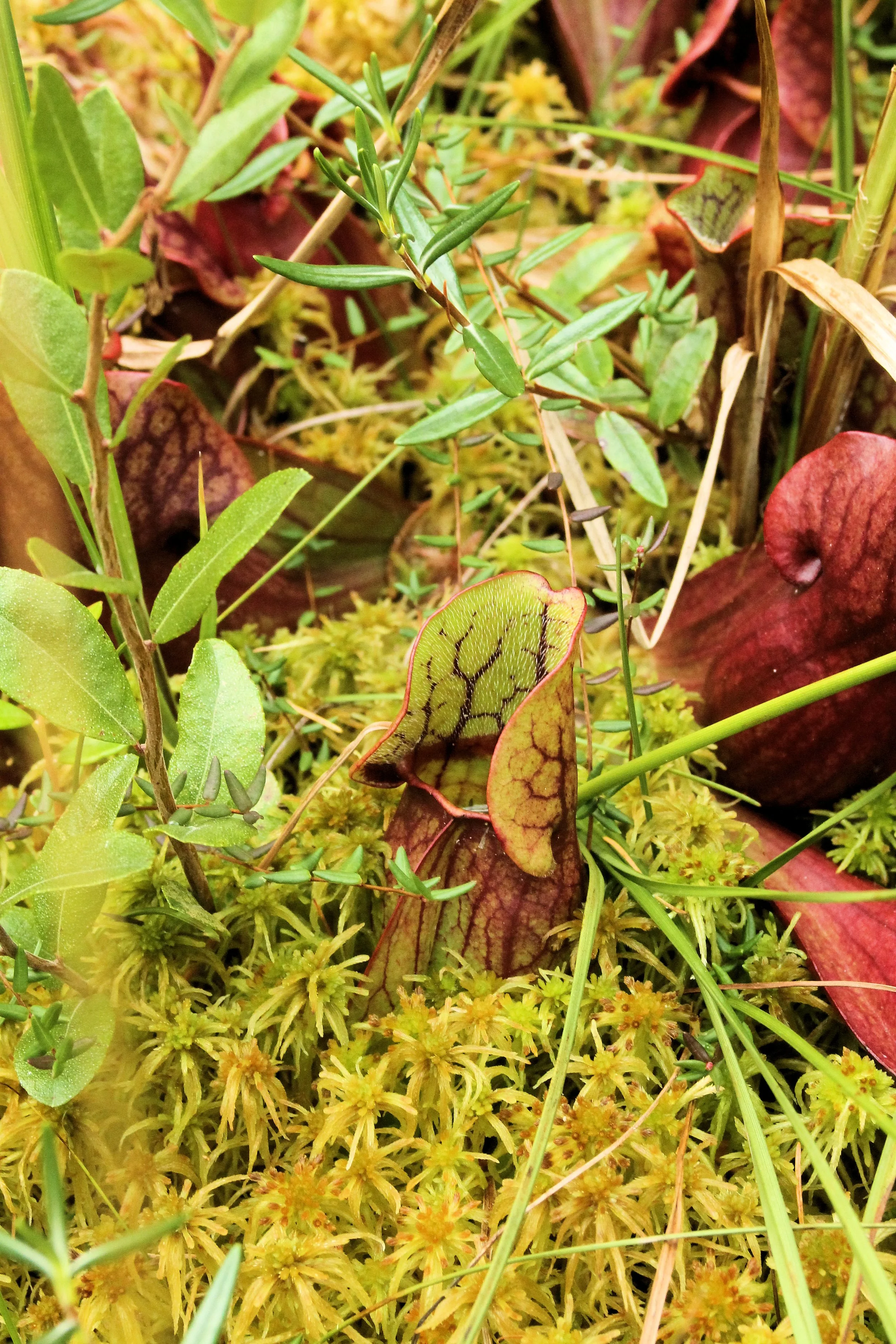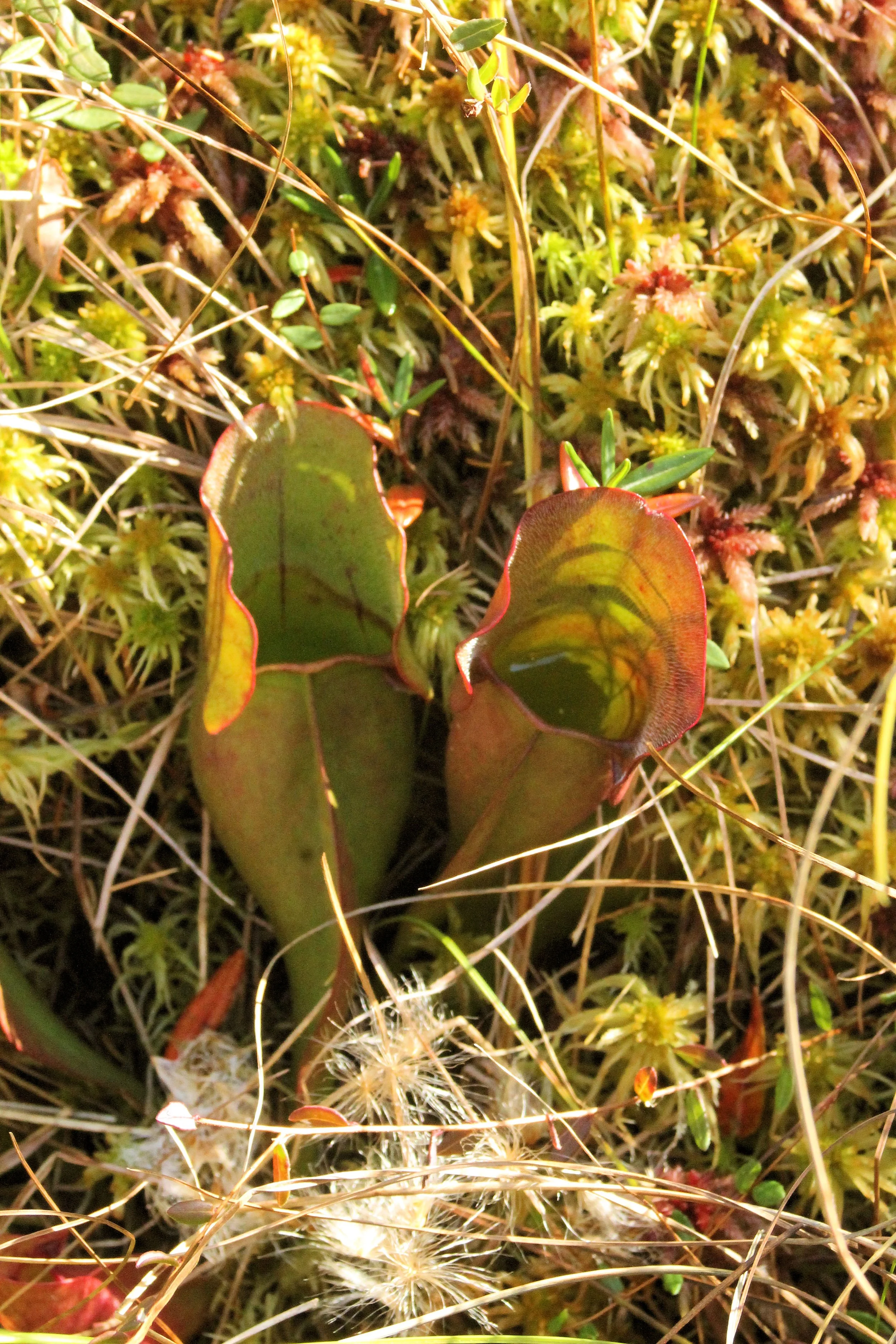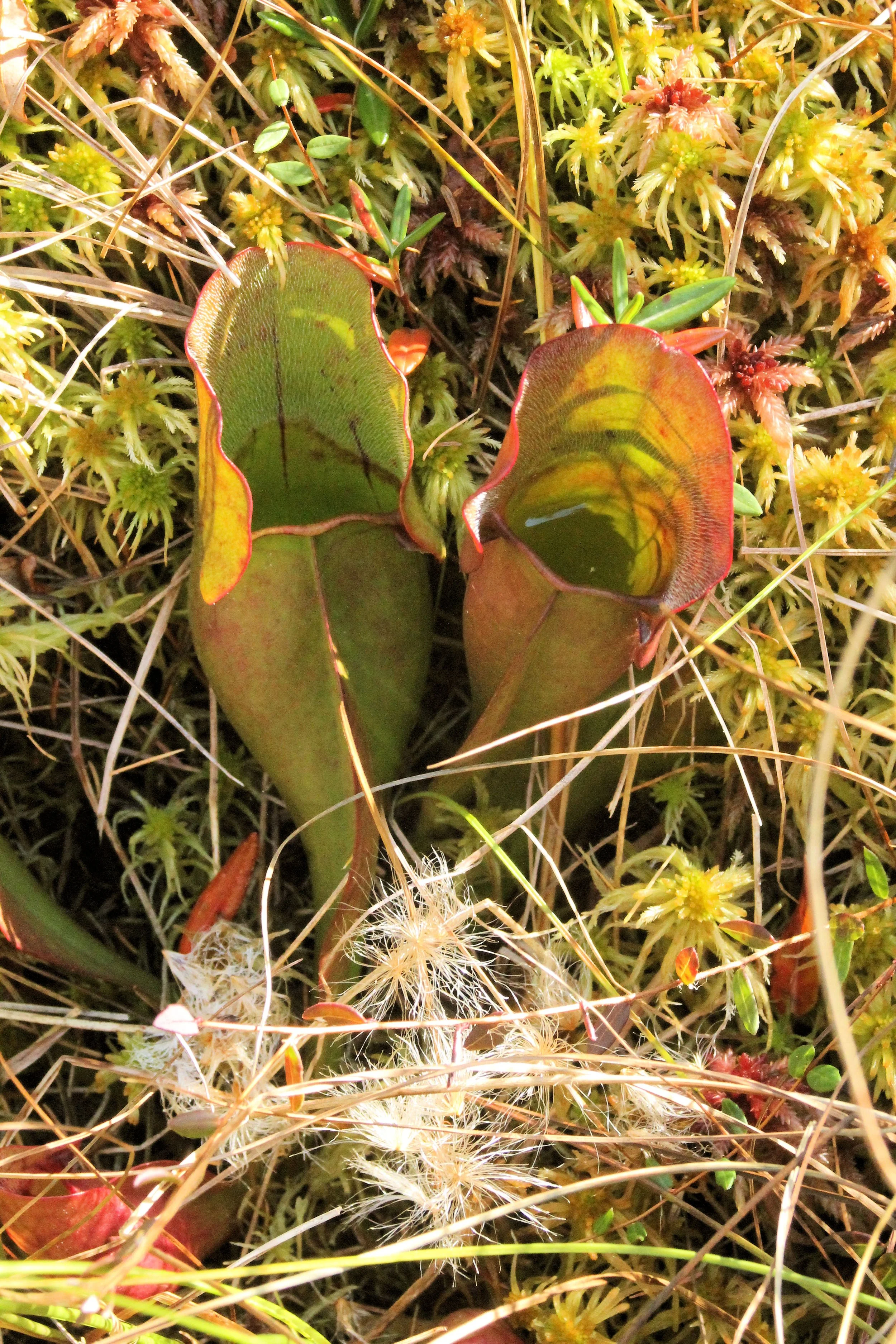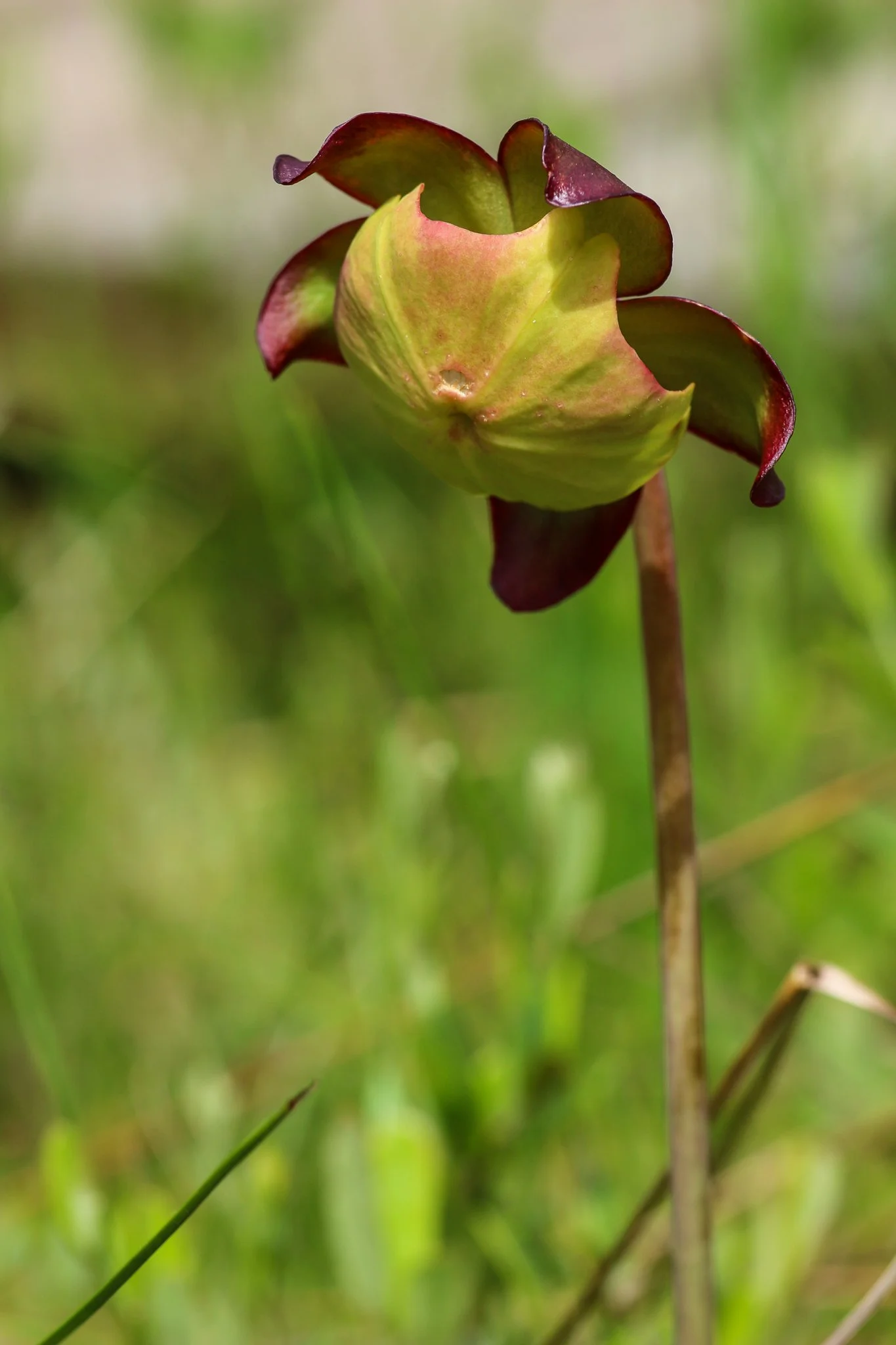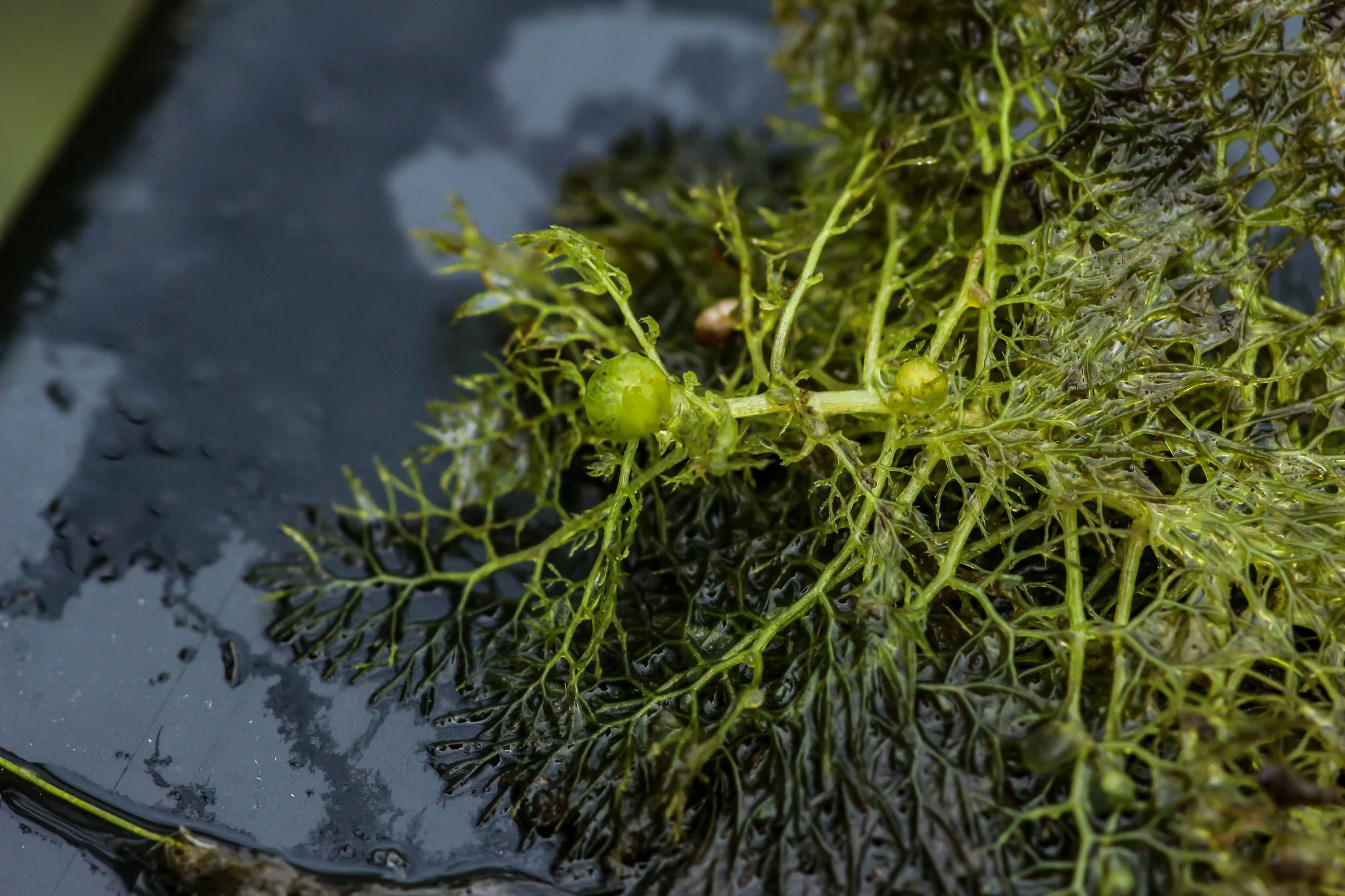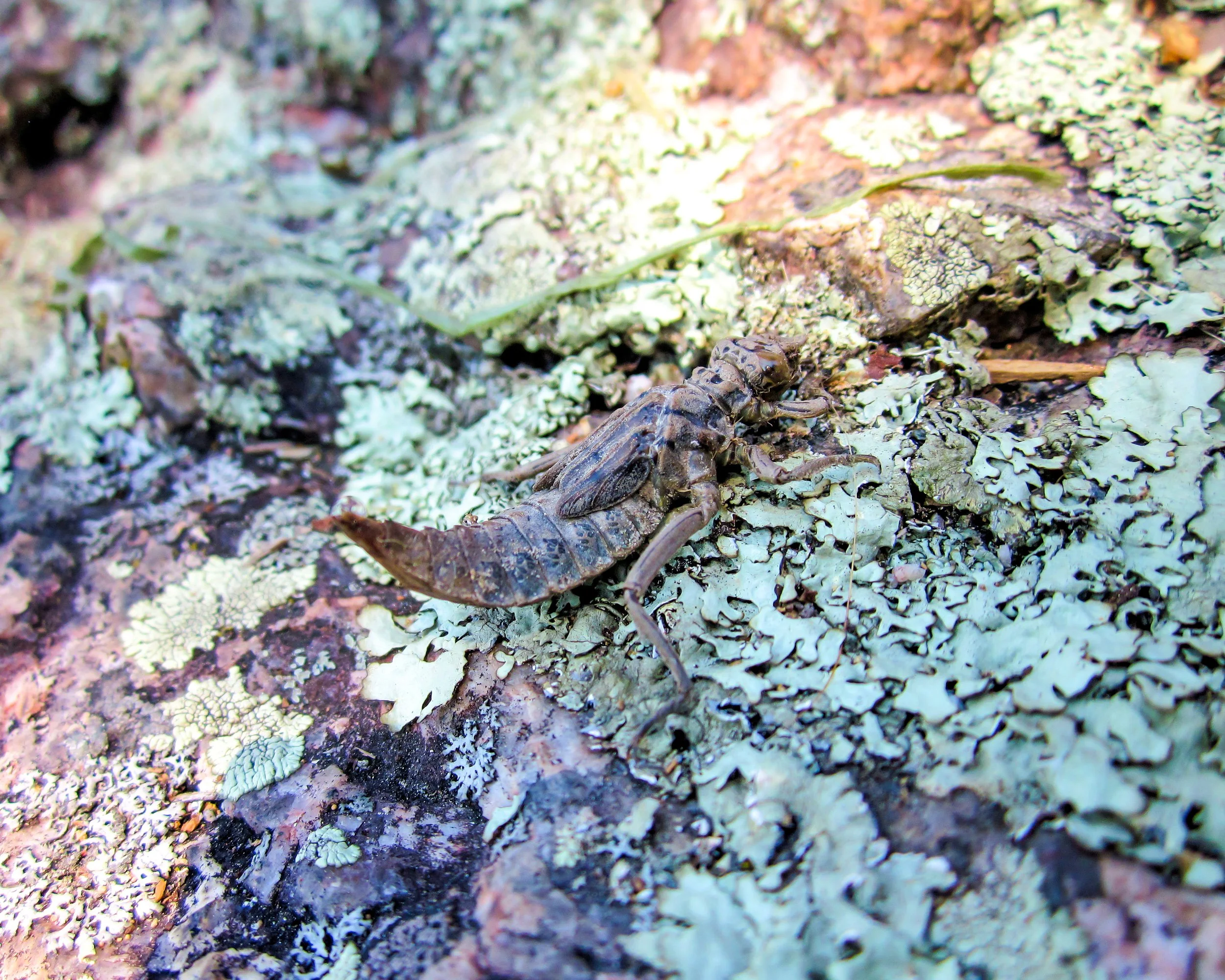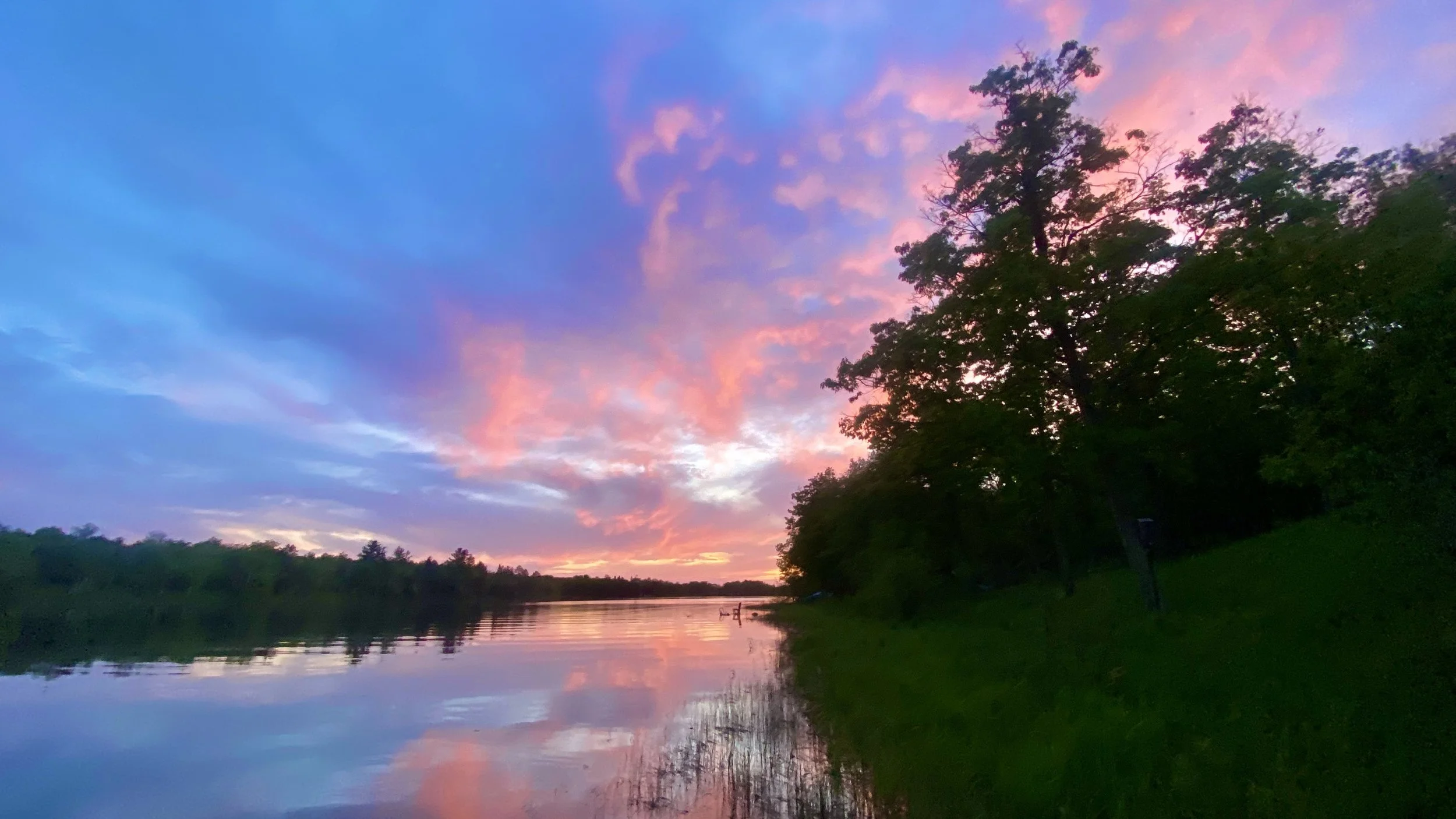6. Online Store
When I first started this website, I wanted to be able to have the option to have an online store. I purchased a website with that in mind for future use. I started researching about how to legally sell things in my state. After chatting with friends about their small business journey, there is more to do than what I expected. There’s paperwork, fees, and a separate bank account so my personal finances don’t get mixed up with business finances. Then there is the process of deciding what my items are worth. On top of working a full time job and now growing a human I do not have the brain power or finances to pursue this part of the dream at this time. Will there be a store at some point. Probably. What that timeline looks like, I have no clue. What I do know is that when it does happen, it’ll be well thought out, with lots of preparing and planning that has gone into it. Until then, thank you for your support in other ways. I’ll continue posting photos, writing and sharing my adventures.
5. Family Photos
Once a year, I set aside time and take photos of people.
Occasionally you will see a nature/landscape photo of mine that happens to have a person or people in it. It is very rare that I take photos that are specifically people focused. In this case, family photos. However, there are exceptions.
Way back in 2018 I was approached by my sister-in-law and brother-in-law, Lindsay and Ben, who were expecting their first child. They asked if I would be willing to take maternity photos for them. Sure! I had never done maternity photos before but I could learn. We set a date for sometime in January 2019 . As can be expected for January in Minnesota, it was cold. We all learned how best to feature Lindsay, Ben, and Bump. It was such a special moment to capture for their family. A month later, James was welcomed into the world.


2019 we picked another chilly winter day. James was about 10 months when we took the next set of family photos just in time for the holidays. Everyone was bundled and we did our best to keep warm and shoot fast. Going through the photos from that shoot years later, my heart melted. James was (and continues to be) a cutie. That over the shoulder shot-the cutest.

2020 we skipped family photos because it was not safe to be together.
2021-we were back! Still distanced which is good for family portraits anyway. Instead of picking a cold winter day, we went for a late fall photo shoot. The colors were just beginning on some trees and were finished on others. James was walking and talking and happy to ham it up!


2022 may be my favorite year. We picked a mild October day and the colors were at peak! James became my assistant photographer helping press the button to take the shot of Lindsay and Ben. It was a treat to share a passion of mine with my nephew. We raced against the setting sun to get some stunning photos.

2023 family photos happed a couple of weekends ago. A lovely sunny day. One of those days that feels little like summer and a little like fall. This year, James took his role as assistant photographer seriously and picked out places for us to take the next great photo. He is also curious about how everything works. I quickly learned that if I can’t explain it to a 4 1/2 year old, do I really know how something works? In addition to photography, binoculars (aka binocs) made an appearance which helped us scope out potential spots from afar.

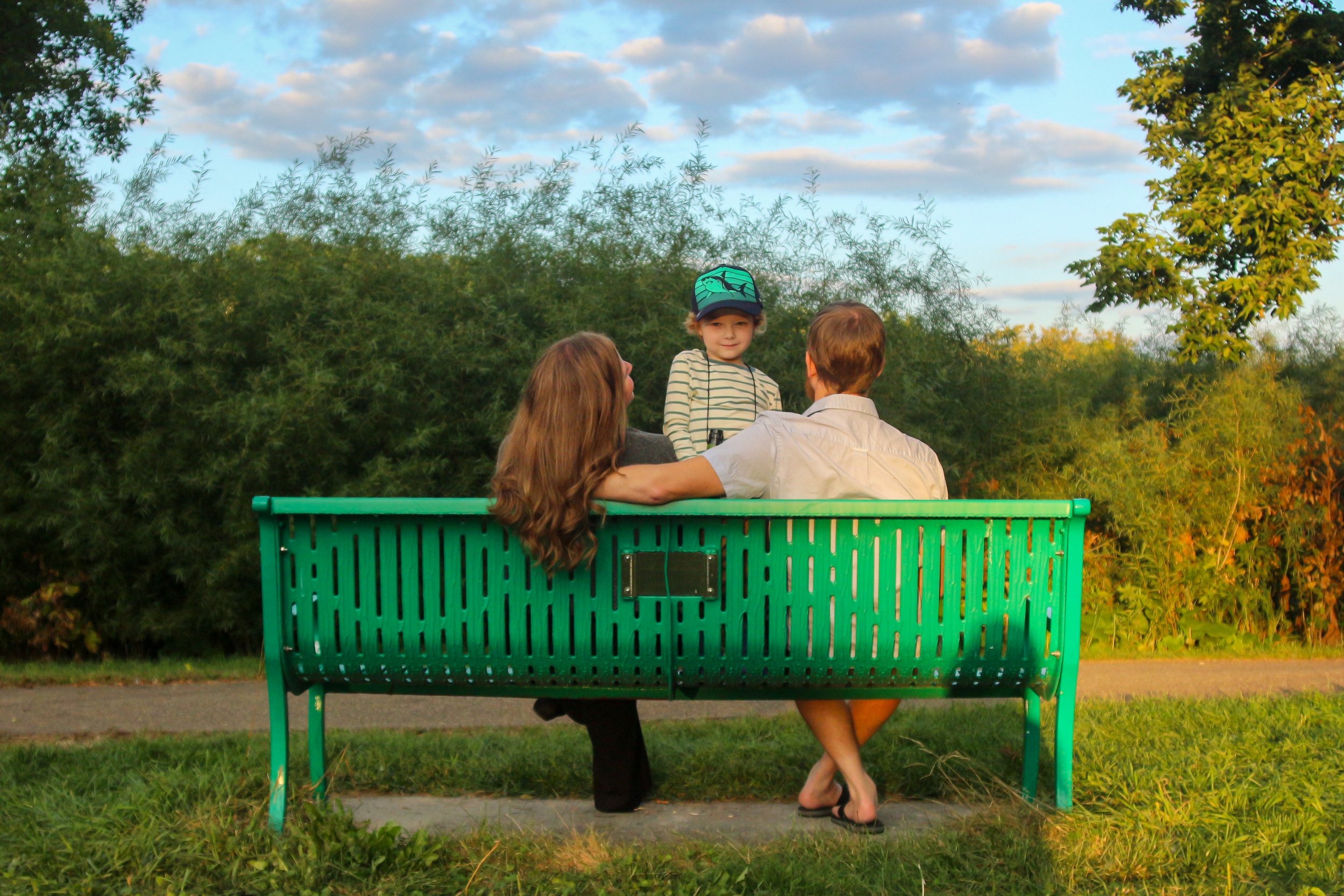
After 4 years of family photos, I look forward to seeing the subtle changes each year and seeing everyone grow as a family unit.
4. Star Gazing
In mid August, many parts of the country had the opportunity for viewing the Perseids meteor showers. I made my way up to the cabin, a wonderfully dark place when the sun goes down.
I am not a night owl and staying up late is hit or miss. I was able to stay up for the skies to get dark and the Milky Way to appear. I walked down to the lake, where I have the best view of the skies and set up the camera on the tripod. I have gotten better as the years have gone on, but it takes a fair amount of time for me to figure out the right settings and position of the camera on the tripod to capture the night sky. When I got down to the lake, the skies were miraculous clear. The night sky was breathtaking. I forget how much is up there.
My viewing was short lived. Within minutes, the clouds rolled in and covered everything up. 10 minutes of stargazing was not enough. I texted my husband my frustration and he replied, “Well, you’ll be ready next time.” So for now, I will leave you with a photo I took in 2019 when I had multiple days of clear night skies.
The Milky Way stretches across the night sky over a lake with thousands of points of light from stars and other bodies of the solar system. A shooting star streaks across the sky across a cabin with lights on.
3. Carnivorous Plants
Carnivore isn’t reserved for only animals. Plants can be carnivorous too!
When the word carnivore is brought up, many of us will think, lions, tigers, wolves, and other predators. The term carnivore doesn’t apply to only animals. There are carnivorous plants too!
In Minnesota, we have 14 species carnivorous plants that call Minnesota home. Of these 14 species they can be placed into the following categories in this post.
Purple Pitcher Plant
The purple pitcher plant can be found in north northeastern Minnesota in habitats called bogs. As the name suggests, they look and hold water like a water pitcher. They vary from a vibrant green to a red-purple.
The pitcher itself is the leaf of the plant. Along the lid, there is a sweet liquid that attracts the insects. The edge is slippery, which causes the insects to fall inside. Inside the pitcher, there are tiny hair like structures that point down. This makes it difficult for any insect to crawl up the side. The liquid inside the pitcher is mostly water that is collected when it rains. When an insect gets trapped and falls into the liquid, digestive juices begin to break the insect down. The plant is then able to absorb those nutrients from the insect.
Pitcher plants produce a flower like no other that I have seen in the wild. The flower is umbrella shaped and has a rubbery feel. It grows on a tall, skinny stalk, high above the rest of the plant. The goal of this design is to attract the pollinators to the flower and not the deadly pitcher part of the plant.
The flower of the Purple pitcher plant.
Sundew







There are a couple of different species of sundew found in Minnesota and can also be found in bog habitats. Round leaf sundew is the most common. They are so named because of the tiny liquid covered hairs on the leaves. These sticky fingers attract the insects and traps them. Once an insect is stuck, the appendages close around the insect and the plant begins digesting it.
Bladderwort
There are a variety of different species of bladderwort. The most common being, Common bladderwort, of course. Unlike the other two species we’ve covered, bladderwort can be found in slow moving or sedentary bodies of water. The best way to identify is by their flower which is a lovely yellow flower that sticks up out of the water on a stalk. Many flowers can be present at the same time.
The flowers of Bladderwort.
Underneath the surface, are the leaves and stems. These parts of the plant are floating. They don’t attach to the bottom via a root system. This gives them the ability to float around where a current or paddle takes them.
Their name comes from tiny sacs called bladders. There are minuscule hairs around the bladder. The bladder is under negative pressure. This means the pressure inside the bladder is lower than the pressure outside the bladder. When the hairs are triggered by tiny aquatic invertebrate, the bladder sucks in water and the invertebrate. This all happens in .0002 of a second.
The leaves, stems, and bladders of Bladderwort.
Butterwort
The one carnivorous plant that I haven’t found yet so no photos of mine for this section. This carnivorous plant can be found along the north shore of Lake Superior on rock outcrops. The plant gets its name due to the greasy, or buttery looking leaves. These leaves have a sweet liquid that attracts the insect and sticky hairs that trap them for digestion.
They have a purple flower that looks like a violet but more of a tube shape. The flowers are pollinated by hummingbirds.
2. Dragonfly Emergence
Sci-fi in nature.
At the end of May and early June, the mosquitoes start to swarm. Gone is the wonderful time of year that I can sit outside comfortably, with no bug spray. About a week or so after the mosquito hatch welcomes another insect emergence - dragonflies.
Dragonflies start their life as eggs laid by adults in water, plant stems, sphagnum moss, decomposing wood, or wet soil (depending on the species). Laying eggs in water is the most common.
The egg hatches as an aquatic alien looking creature called larva. The dragonfly larva is a fierce predator hunting other aquatic invertebrates. This stage takes anywhere from one to three years. They do fine under the ice in winter.
The transition from aquatic larva to adult dragonfly is called emergence. The larva will crawl out of the water in the morning. They may take their time by wandering all over the place to find the perfect spot. Once they find the optimal spot on a plant, rock face, dock or boat, they will hook the claws into the surface.
After a bit of resting, the back splits open. Like a scene from a sci-fi movie, the dragonfly adult begins to emerge from the larva skin. The thorax, head, compressed wings, legs, and a portion of the abdomen squeeze their way out of the larval husk. After another brief rest, the legs harden. Once this happens, the dragonfly can pull the rest of its new body free. At this point the dragonfly looks wrinkly and rumpled. Blood rushes to all the right places and the wings straighten out. Next it’s time for another rest to dry out the newly minted wings. This rest lasts for about an hour before the dragonfly takes flight.









1. Get to Know Me
Reading right now. Vegetables. Sunset. Get to know me in the first blog post.
Hello there! My name is Katy. Thanks for being here! A little bit about me:
I hated Macaroni & Cheese as a child. It was gross. My tastes have since evolved. I will eat Mac and Cheese but I still won’t eat Kraft.
I work a full time job at a nature center. I spent 10 years as a naturalists before switching into my current role. I will forever and always be a naturalist; it’s just not in my job title right now.
I enjoy reading. I am currently reading:
Gathering Moss: A Natural and Cultural History of Mosses by Robin Wall Kimmerer
Vermillion Drift by William Kent Krueger
I have a food garden.
This year’s garden includes: Lettuce. Carrots. Broccoli. Corn. Green Beans. Green Pepper. Jalapeño. Tomato. Cucumber.
I am also trying to grow a blueberry plant. Time will tell if that succeeds.
Whenever I get the chance, I head up to the cabin. I have a tradition of sitting on the dock and watching the sunset. I have done this in negative degree temperatures as well as with a million mosquitos.



